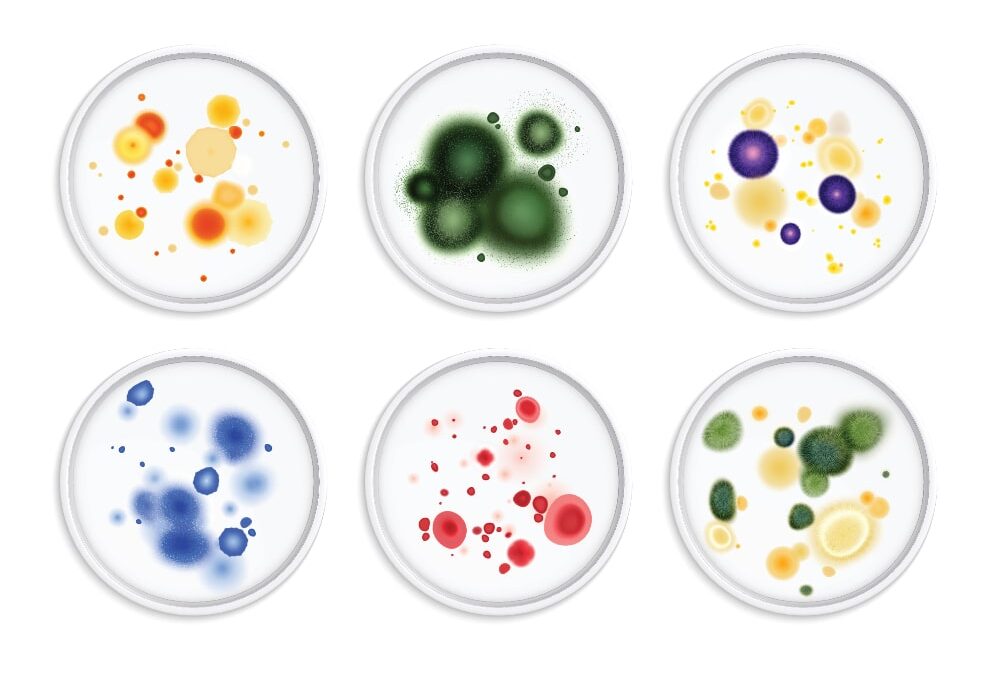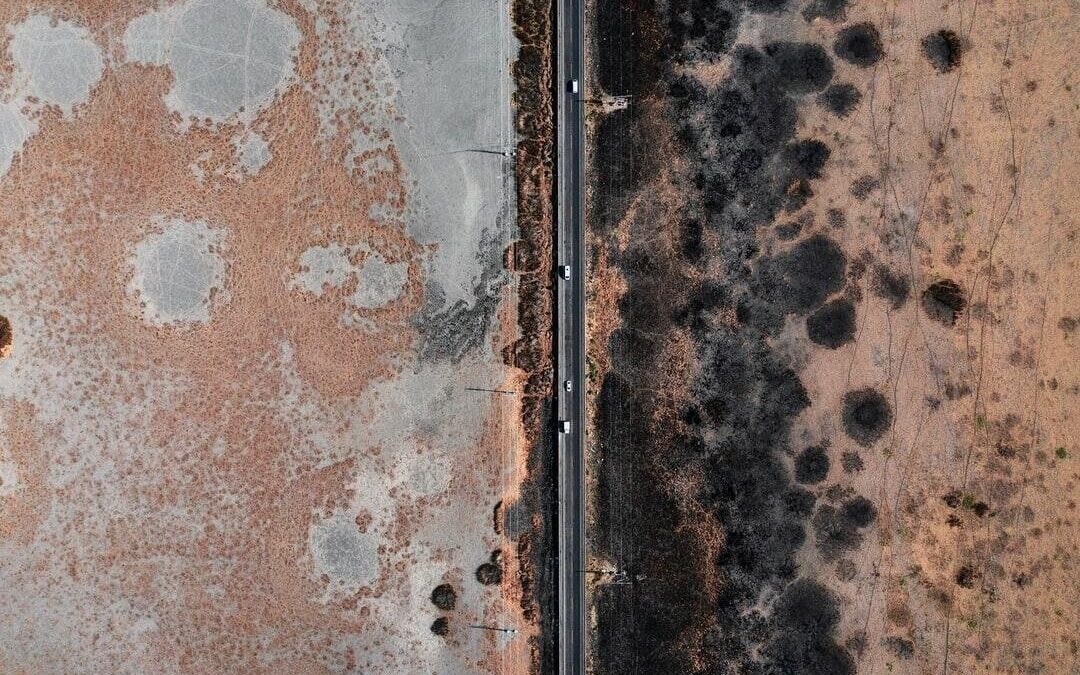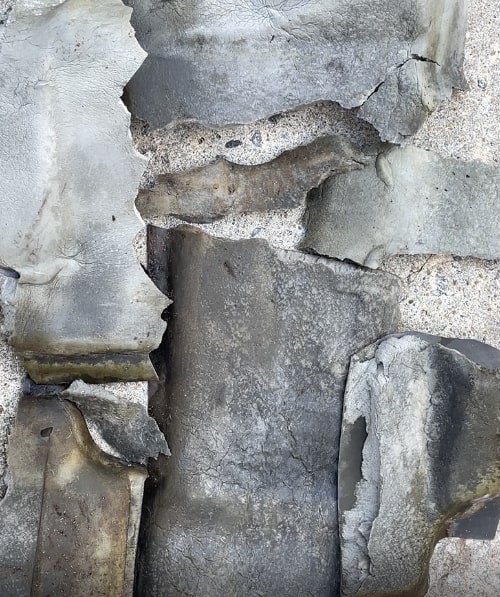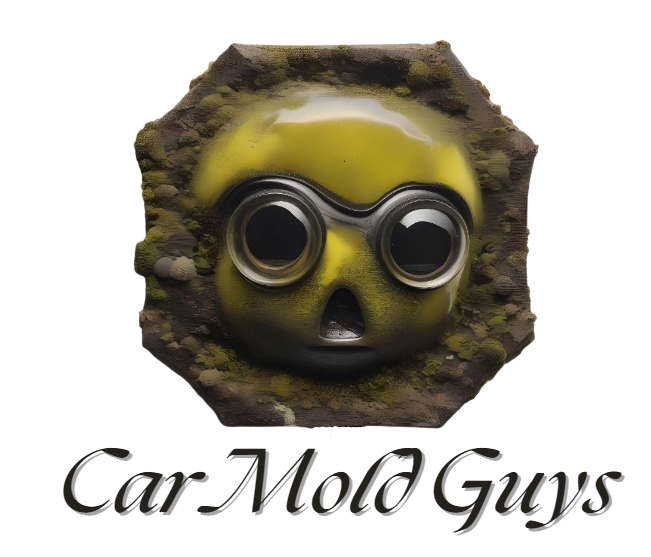
by David Lonadier | May 21, 2024 | Car Mold Remediation
Does the color of mold determine if it’s dangerous? Mold colors can be quite diverse, but unfortunately, they don’t reliably indicate the specific type of mold. While it’s tempting to associate certain colors with particular molds, the truth is that mold...

by David Lonadier | May 21, 2024 | Car Mold Remediation
Mold and moisture: Mold and moisture are closely related, as moisture is a key factor in the growth of mold. Here are some important points about mold and moisture, including prevention, health effects, and remediation: Causes of Mold Growth Moisture Sources: Leaks,...

by David Lonadier | May 1, 2024 | Car Mold Remediation
Have you ever climbed into your car, only to be greeted by a musty smell that seems to cling to every breath you take? This unsettling experience might be more than just an annoyance. It could be a sign of something lurking beneath your seats and behind your dash:...

by David Lonadier | Jan 27, 2024 | Car Mold Remediation
Replacing Moldy Car Foam Padding When a car has mold in it and is wet, the carpet padding often needs to be replaced. Once the padding gets wet it stays wet since the carpet blocks air from getting to the padding. Since the padding stays wet, it often becomes infested...

by David Lonadier | Jan 26, 2024 | Car Mold Remediation
How Mold Grows on Inorganic Surfaces While mold cannot directly get nutrients from inorganic materials like concrete, glass, metal, or plastic, it can grow on these surfaces under certain conditions. If a microscopic layer of organic nutrient, such as dust layers...

by David Lonadier | Apr 14, 2023 | Car air quality, Car Mold Remediation
Car Air quality Air quality inside a car can be worse than outside due to several factors: Emissions from other vehicles: When you’re driving, your car’s air intake system can draw in exhaust fumes from other vehicles on the road, especially in heavy...







